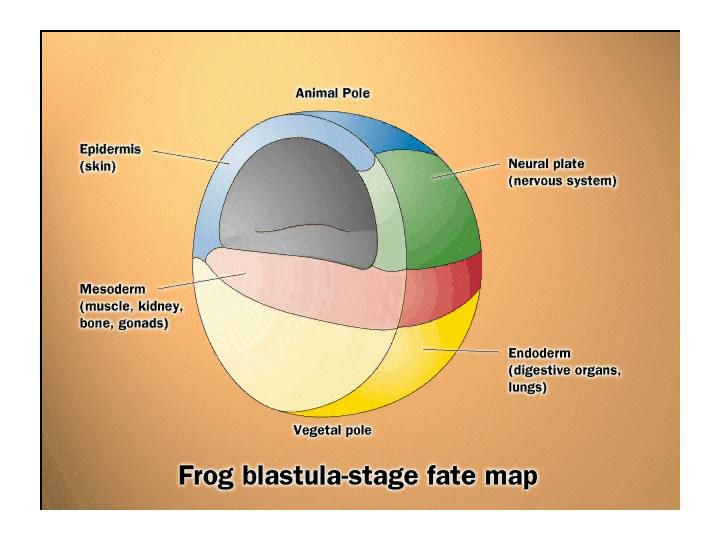-
 RC4
RC4
-
 Refraction
Refraction
-
 Transit
Transit
-
 Bar
Bar
-
 Kodiak bear
Kodiak bear
-
 Sublimation
Sublimation
-
 Eaves
Eaves
-
 Mauritian flying fox
Mauritian flying fox
-
 Vaginal smear
Vaginal smear
-
 Renaturation
Renaturation
-
 Nutrient
Nutrient
-
 Pumice
Pumice
-
 Peristalsis
Peristalsis
-
 Leucine
Leucine
-
 Baseband
Baseband
-
 Flexography
Flexography
-
 Directivity
Directivity
-
 Neritic zone
Neritic zone
-
 Imidazoles
Imidazoles
-
 Messier 12
Messier 12
-
 Amputation
Amputation
-
 White noise
White noise
-
 Convergent evolution
Convergent evolution
-
 Cave pearls
Cave pearls
-
 Oil spill
Oil spill
-
 Neoplastic
Neoplastic
-
 Melt flow index
Melt flow index
-
 Siemens
Siemens
-
 Bone marrow
Bone marrow
-
 TNM Classification
TNM Classification
Gastrulation
Gastrulation is an early stage of an animal's embryonic development. During this stage, theembryo is called a gastrula. Important cellular movements create three layers (fundamental tissues of the embryo) :
- the ectoblast (or ectoderm);
- the endoblast (or endoderm);
- (at least in triploblastic animals), the mesoblast (or mesoderm).
Spherical until then, the embryo folds inwards to form a new inner cavity (in addition to the pre-existing blastocele) : the archenteron, which will later turn into the digestive tube. At the end of this stage, the gastrula adopts the animal's characteristic symmetry (bilateral, for example).
 During gastrulation (here, a frog gastrula), a massive reorganisation of cells creates the first two layers, the ectoderm and the endoderm. The former will turn into the skin and the nervous system, and the latter the digestive system and lungs. A third layer, the mesoderm, appears which will become the internal organs. The embryo loses its spherical symmetry. © Life: The Science of Biology, Purves et al., 1998
During gastrulation (here, a frog gastrula), a massive reorganisation of cells creates the first two layers, the ectoderm and the endoderm. The former will turn into the skin and the nervous system, and the latter the digestive system and lungs. A third layer, the mesoderm, appears which will become the internal organs. The embryo loses its spherical symmetry. © Life: The Science of Biology, Purves et al., 1998
Latest
Fill out my online form.



